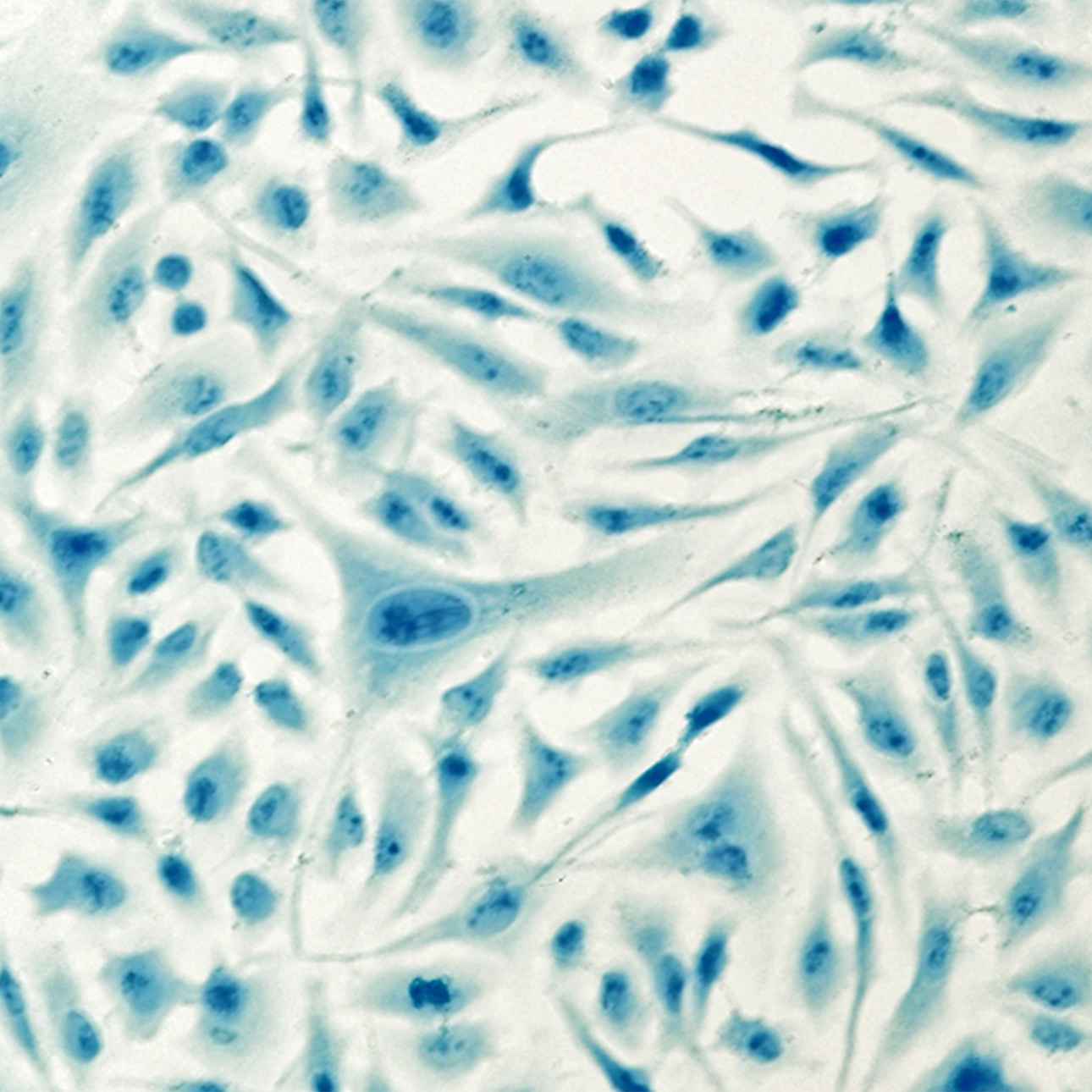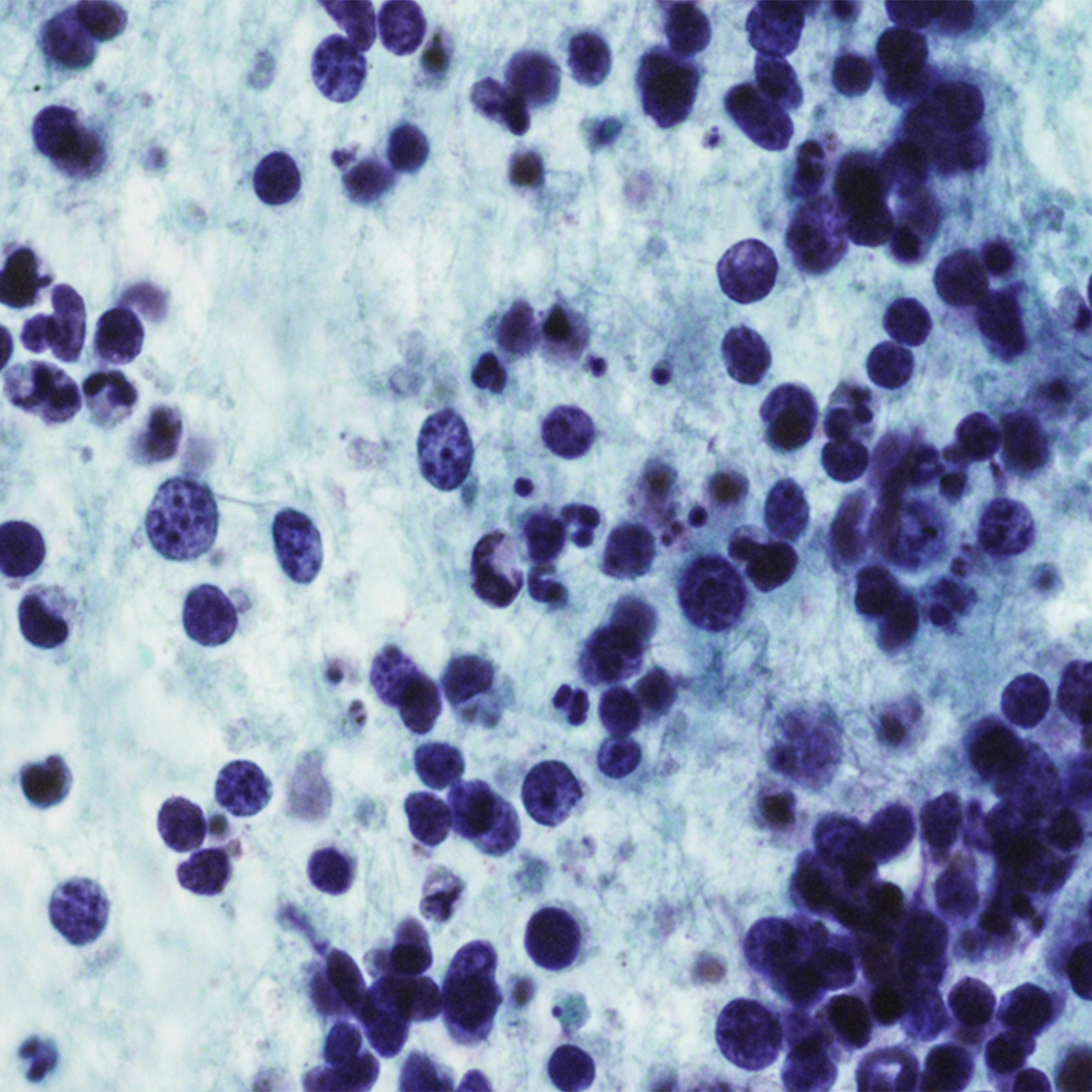
Radiation Therapy
Radiation therapy uses high-energy rays to damage cancer cells and stop them from growing. The rays are aimed at the tumor and the surrounding area. Doctors may suggest this type of treatment for some cancers because it can destroy the tumor and you may not lose your voice.
Radiation therapy may be combined with surgery to destroy microscopic cancer cells that may remain in the area after surgery. Radiation therapy also may be used for tumors that cannot be removed with surgery.
Surgery
Surgery may be recommended as primary treatment for some tumors, thus avoiding radiation. Surgery followed by radiation is suggested for some patients with advanced cancers. Surgery is the usual treatment if a tumor does not respond to radiation therapy or grows back after radiation therapy.
When patients need surgery, the type of operation depends mainly on the size and exact location of the tumor. If a tumor on the vocal cord is very small, the surgeon may use a laser, a powerful beam of light, to remove the tumor. Surgery to remove part or the entire larynx is called a partial or total laryngectomy.
The surgeon may perform a tracheostomy, creating an opening called a stoma in the front of the neck, which may be temporary or permanent. Air enters and leaves the trachea and lungs through this opening. A tracheostomy tube, sometimes called a "trach tube," keeps the new airway open.
A partial laryngectomy preserves the voice. The surgeon removes only part of the voice box — just one vocal cord, part of a cord or just the epiglottis, cartilage that projects upward behind the tongue. In these cases, the tracheostomy is temporary. After a brief recovery period, the trach tube is removed and the opening closes.
In a total laryngectomy, the whole voice box is removed and the stoma or opening is permanent. The patient breathes through the stoma and must learn to talk in a new way.
If your doctor thinks the cancer may have spread, the lymph nodes in the neck and some of the tissue around them may be removed. These nodes are often the first place the laryngeal cancer spreads.
Chemotherapy
Chemotherapy is the use of drugs to kill cancer cells. Your doctor may suggest one drug or a combination of drugs. In some cases, anticancer drugs are given during radiation therapy. Chemotherapy also may be used for cancers that have spread elsewhere in the body.
UCSF Health medical specialists have reviewed this information. It is for educational purposes only and is not intended to replace the advice of your doctor or other health care provider. We encourage you to discuss any questions or concerns you may have with your provider.
Treatments we specialize in
-

Brachytherapy (HDR & LDR)
Radioactive material is placed inside a tumor or very close to it to treat the tumor and spare healthy tissue.
Learn more -

Intensity-modulated radiation therapy (IMRT)
The advanced technique focuses strong radiation on the tumor and spares surrounding healthy tissue.
Learn more


















